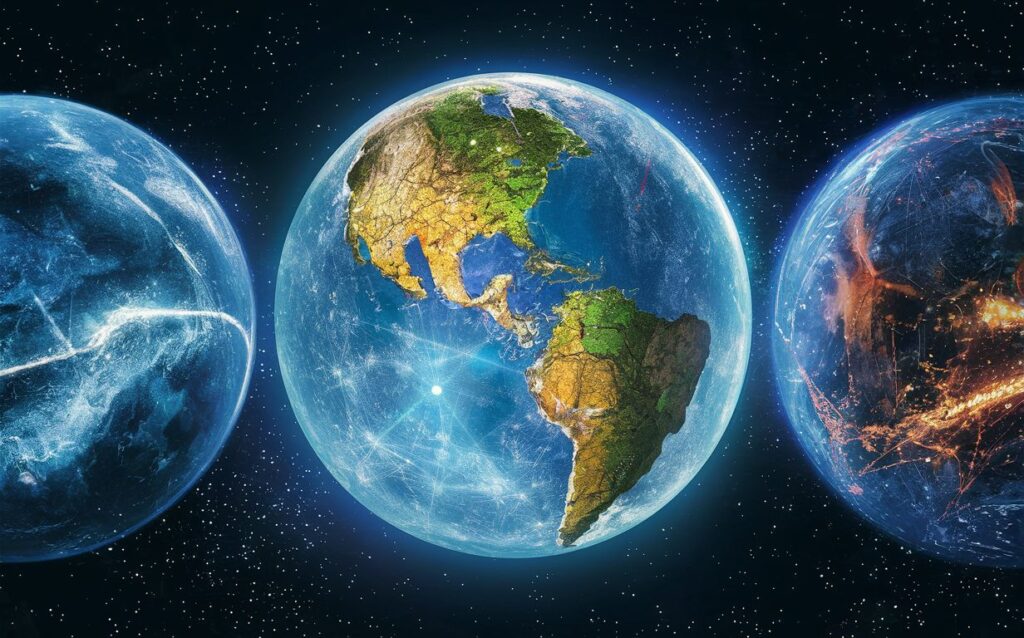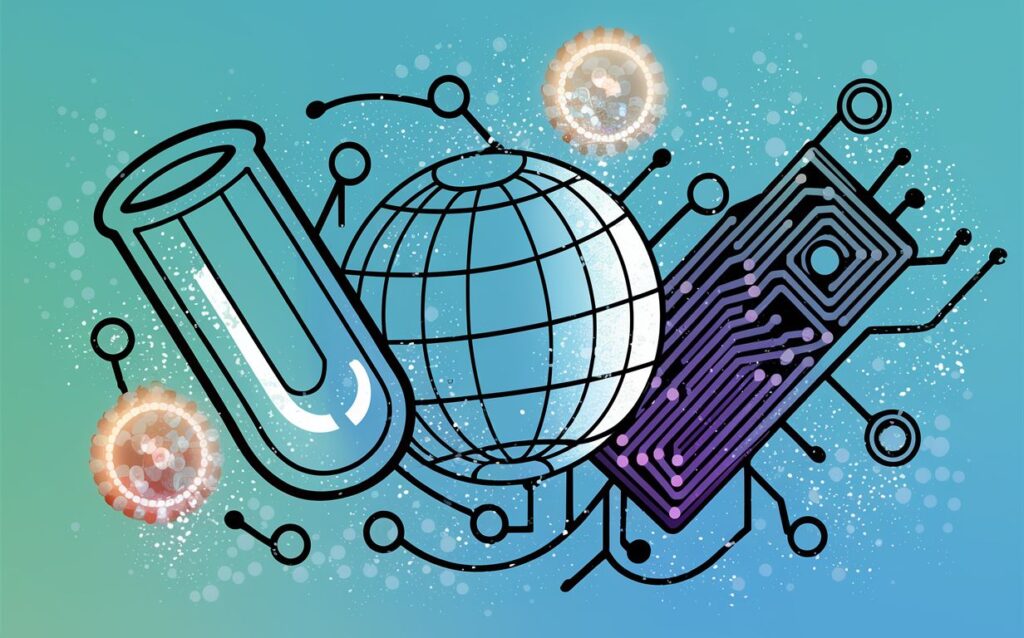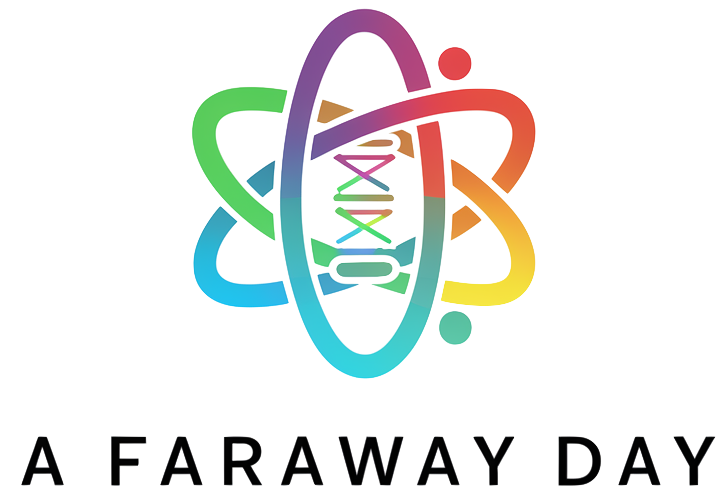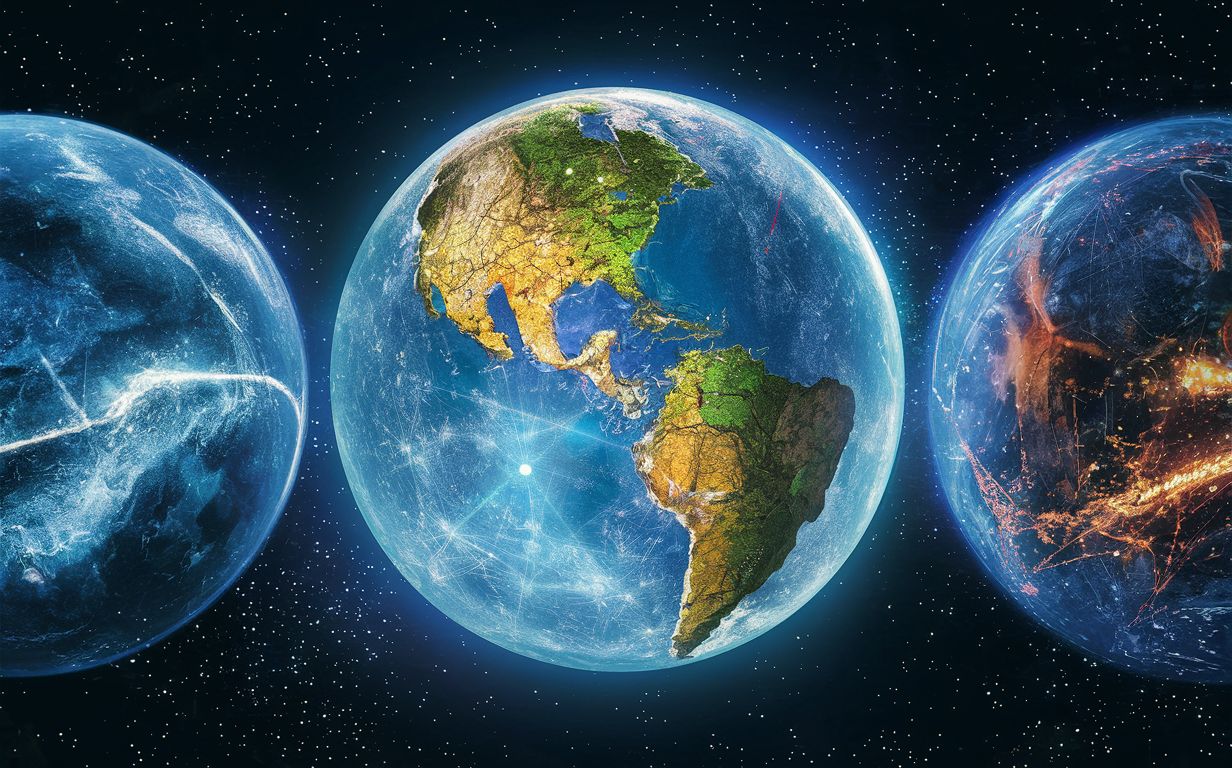
Does biology have anything to do with ecology? It seems like they are one in the same, but they are not. Biology is the science of living things, including humans. Biological processes involve all life forms, such as plants, animals, bacteria, fungi, protozoa, mites, and humans. Biological processes also include ecological processes that affect the survival, growth, development, productivity, fitness, and behavior of living things.
Ecology is an area of research that studies living organisms as a whole, instead of focusing solely on the specific characteristics of a single species. Ecology also includes the study of ecosystems, the interactions between living organisms and their environment, and their relationship. It also considers the effects of humans on ecosystems, with an emphasis on the role of humans as moderators of biological processes and pollutants. In addition, ecology studies the distribution of biomass, concentrating on both the sources and sinks of biomass. It also studies the relationships among biodiversity, the arrangement of communities of living organisms within the biosphere, and their relationship.
The major areas of ecology are community ecology, environmental ecology, ecosystem science, biodiversity studies, and fish stocking. Community ecology concerns how living organisms and their ecosystems interact in relation to each other, with an emphasis on understanding individual communities and the entire ecosystem. Environmentally and biodiversity ecologies study the interactions and effects of humans on ecosystems and on the environment. Fish stocking studies the biological properties of aquatic living organisms and the environments they inhabit.
An ecological science curriculum consists of four primary sections. These include an introduction to ecology, a description of ecosystems, the functioning of living organisms within ecosystems, and the effects of humans on the ecosystems. A second section will introduce students to the concepts and ideas used in ecological science. The third section will focus on the relationship between ecology and human health. The fourth section will focus on methods used to test hypotheses about the ecology of living organisms and the effects of human interference on the ecology and functioning of ecosystems. A final section of the curriculum will examine current research about the connection between humans and the environment.
Science teachers have a wide variety of options for teaching their students how to learn science. A teacher can choose from a host of options, depending on the subject and grade level of the student. Math teachers can use a combination of math activities, lessons on anatomy, geology, astronomy, and physics, and literature-based lessons. Other science teachers may opt to develop a personal interest in the field and seek independent advice from experienced educators.
Science education is essential for today’s learning society. All children deserve to grow up thinking about, analyzing, testing, and enjoying science as much as any other student. Science teaching can be fun, interesting, challenging, and exciting. Educators should base science teaching on professional standards. Students who are motivated, interested, and able to apply scientific knowledge will most likely thrive in science classes.
Science as Nature
Science is an interesting field of study that has many subdisciplines. In broad terms, it is the application of scientific methods to earth and the universe in general. This broad scope of the field of study is further subdivided into the natural sciences, which includes the earth and atmosphere sciences; the biological sciences, which includes all the different branches of zoology, immunology, physiology, etc.; and the social sciences, which include sociology, anthropology, art, medicine, etc. Geography therefore, is simply a field of study that seeks to understand the specific characteristics of the surface of the planet, particularly its geological features. It seeks to answer the various questions of why certain things are the way they are, where did they come from, and how they are distributed.
Geography is often used as a reference frame in the study of the world around us. For instance, knowing the general shape of the earth is useful for our planning and transportation. Geographical information can also be used to track changes in the natural environment over time, such as the rise and fall of ice sheets, and the changing climate and weather patterns. Such knowledge can help us understand more about our natural environment, and how it has changed throughout the Earth’s history.
Geographical information systems are used all over the world and greatly affect our daily lives. The ability to use and interpret geographical information systems has made the human enterprise that much more efficient, as well as more accurate. A recent study showed how easily human geography could be translated into computer-based scientific methodologies. From simple geometry, to cartography, to satellite images and aerial photos, our ability to accurately map the Earth and monitor its changing conditions is vast.
Humans have always been prone to interpreting geospatial information according to its specific location on the Earth and its relation to other geographic information systems. However, recent developments in technology have allowed us to perceive the Earth from a much broader perspective. We now have the ability to see the Earth at many different scales and in many different locations. By seeing the Earth from this broader perspective, we can better appreciate its structure and take it as a whole, rather than simply seeing it as a portion of the natural environment.
When we see the Earth from a more global perspective, we are able to see its flaws more clearly. For instance, while we can observe major hotspots such as oil spills in the Gulf of Mexico or the damages that have been done to the Alaska’s marine habitat, we cannot see the overall state of the Alaska’s natural environment. Global warming may be a problem in the Pacific Ocean, but it is also threatening to harm the Alaskan economy. With an Alaskan business owner seeing their entire state as a potential victim of global warming, new opportunities are being created by using an Alaskan marine surveyor’s geographic information system (GIS) to analyze and monitor the Alaskan economy.
A recent study conducted by scientists in the University of Washington revealed how widespread the problem of global warming is throughout the world. The research also revealed that there is a vast majority of areas that science could not directly examine due to the poor quality and remote location of these areas. Using a Geographic Information System, a scientific team can access these geographic information systems and begin to study the Earth’s biogeochemical cycles, how it is interacting with the environment, and how the Earth’s ecosystems are responding to external forces.
Computer Science Degrees Concentrations

When asked what they are good at, most people quickly answer that they are good at math, but few people are actually aware of what computer science is all about. Computers have played a critical role in society and we use them every day. Computers help us organize, communicate, store and retrieve vast amounts of data and operate a great number of processes. We use computers to plan our businesses, make purchases, gather and compare data, check stock and manage our financial portfolio. Most people would agree that computers are an essential part of our lives. It may come as a surprise, then, to learn that many computer science classes teach students how to program computers.
Computer science is the study of how algorithmic processes, computations and software themselves work. As a subject, computer science covers a broad range of areas from very theoretical studies of algorithm, combinatorics and information to the more practical matters of implementing algorithms in software and hardware. Unlike many other fields, few colleges offer specialized computer courses. Students interested in pursuing a bachelor’s degree in computer science need to complete a four-year degree from an accredited university. All students who major in computer engineering must take a course with a programming component.
As one of the few majors that requires no prior background in science, computer science majors typically have a natural interest in math and science. Most computer science courses revolve around problems in those fields. For instance, students in this field to learn the mathematical formulas required to simulate complex algorithms. Those who participate in these courses also gain valuable experience in a programming language, object-oriented programming and numerical methodology.
Computer science programs also usually provide students the opportunity to develop computer programs from scratch. Students have the option of developing small, self-contained programs or larger, integrated systems that integrate hardware and software into an elaborate design. These systems are tested using real-world applications. Those who successfully complete the course work and pass the tests to earn a Bachelor of Science in Computer Science degree.
Another popular concentration area within computer science is information technology. The field covers a wide range of technological applications, such as network protocols, desktop machines, desktop software, multimedia systems, web and network security. Those interested in obtaining degrees in this discipline can expect to cover topics such as protocols, security protocols, software verification methods, distributed computing and digital networks. Earning a degree in IT will allow graduates to seek careers in business, government, education and the technology industry.
Science majors that focus on biological science also offer a strong background in biology. Students can specialize in such areas as microbial, neurological, and reproductive biology. Biodiversity is one of the most important aspects of biological science, and many graduate degrees are dedicated to providing students with knowledge and skills to protect the environment.
A Look at Some Different Kinds of Science
Geology has a long and storied history, beginning with the idea of “geology.” In that way, geology actually is the original root of modern-day science. The original geologists were not exactly natural philosophers; they were scholars who specialized in the study of rocks. Through time, different cultures have added to this rich tradition. Geologists study the earth’s geological structure.
Geology looks into the details. It looks for similarities and contrasts between various strata and layers. The basic goal is to determine what the planet was composed of in the past and what it is made of now. Geology can be used to examine many other aspects of science as well, such as paleontology (the study of fossils), astronomy (the study of stars and planets), archaeology (the study of ancient artifacts and bones), and genetics (the study of living organisms).
Geology has been called the “physical science” of the earth because it studies the physical evidence. When there are differences in the earth’s surface, it is considered evidence that something has happened. Evidence can range from the appearance of rock layers to signs of recent or present climate. For instance, sandstone is erosion caused by wind and earthquakes, while limestone is made of calcium carbonate. Evidence of human habitation can be found in various locations, such as marks left on cave walls or pottery featuring animal species.
Geology has been called the “Mother of Study” because it can be studied at any time or place. Geology can be used to test theories about the world around us. The formation of the earth and solar system are matters of geology. The study of ice cycles, earthquakes, volcanoes, continental drift, and permutations among elements of the soil are all part of earth sciences. And the earth is also constantly changing, which can be studied in the field of geology.
Astronomy is a part of science that does not study the earth. But it is important to know how the earth works. Astronomy deals with the study of heavenly bodies, such as stars and planets. Astronomy also involves the search for signs of intelligent life, such as planets outside our own solar system. Astronomy can be used to solve problems concerning the nature of space, such as whether there are habitable econometrics out there. Astronomy can be used to study the stars, to detect and determine planetary relationships, and to study the solar system and the origins of the universe.
These are only some of the many different sciences that exist. But these are the most common ones. The rest are now in progress and will most likely become important parts of science in the future. And they all have their place in society. Science can improve our lives and the world we live in.

